GĐXH - For people with diabetes, choosing food is extremely important to maintain stable blood sugar levels and avoid dangerous complications. During Tet, people with diabetes need to pay more attention to their diet to ensure safety.
"Dangers" for diabetics during Tet
Tet brings with it a warm, family-friendly atmosphere. However, for people with diabetes, the lavish meals and changes in daily routines during Tet can pose many health risks.
Specifically as follows: Traditional Vietnamese Tet meals often include dishes high in meat and fat, starch, sugar, salt and few green vegetables, but are not good for diabetics.
For example, banh chung, banh tet, braised pork, sticky rice, boiled chicken, jellied meat, spring rolls, pork roll, bitter melon soup, Chinese sausage, pickled onions, pickled cabbage...

Eating more and less exercise causes weight gain, increases blood sugar, and reduces the time it takes for blood sugar to reach its target. In addition, cold weather during Tet reduces insulin activity, contributing to higher-than-normal blood sugar levels;
Furthermore, changing meal times due to long trips also increases the risk of hypoglycemia. More dangerously, this condition increases acute complications (GU1) of diabetes such as ketoacidosis (GU2), increased blood osmotic pressure, or hypoglycemic coma.
10 tips to help diabetics control blood sugar well during Tet
To control blood sugar well throughout Tet, patients need to pay attention to the following important things:
1. Eat starch properly
Sticky rice, banh chung and vermicelli are typical foods that contain a lot of starch with a high glycemic index. In addition to paying attention to the diet, patients should combine with a lot of green vegetables and protein groups to help the starch absorb more slowly, so that blood sugar levels will not increase.
2. Need to know how to convert food
Diabetics need to know how to convert food intake appropriately to avoid eating too much starch in the same meal, causing high blood sugar. For example, if eating rice with potato soup (potatoes, taro, etc.), patients need to note that when eating 100 grams of potatoes (1 medium tuber), they need to reduce the amount of rice by 1/3 and add more green vegetables to stabilize blood sugar.
3. Prepare lots of vegetables
Diabetics should proactively buy a lot of vegetables so that during Tet holidays there are always green vegetables in every meal. Vegetables can be processed in a variety of ways such as steaming, boiling, stir-frying, and cooking. In addition, you should prepare raw vegetables, lettuce, cucumbers, and tomatoes so that when needed, you can have a convenient salad plate right away.
4. Eat fat in moderation
Fried spring rolls, pig's ear sausage, braised pork, pig's feet soup with bamboo shoots... contain a lot of cholesterol and energy. Therefore, diabetics with dyslipidemia, overweight, and obesity need to eat moderate amounts, and when preparing food, they should choose low-fat meat as ingredients.
5. Limit processed foods
Pickles (pickled onions, pickled onions, pickles, kimchi...) are foods that stimulate the taste buds, aid digestion, and are easy to eat, but contain a lot of sugar and salt. For normal people, eating too much is not good for their health.
6. Eating fresh fruit directly is good for diabetics.
For the fruit group, you should prioritize choosing fruits that are less sweet and high in fiber such as grapefruit, guava, apple, strawberry, dragon fruit, peach, orange, papaya... Eating fresh fruit directly is better than pureeing it and especially should not be squeezed for juice.
7. Choose healthy snacks
For snacks, patients should choose unsalted nuts such as almonds, walnuts, cashews, pumpkin seeds, melon seeds, sunflower seeds, macadamia nuts... instead of jams, candies, dried fruits, dried apricots...
8. Note the safe alcohol threshold
Alcohol contributes to unstable blood sugar, up and down abnormally, can cause unforeseen consequences. Diabetics who drink beer and wine should only drink in recommended amounts.
9. Avoid using bottled soft drinks
Soft drinks and bottled soft drinks will cause blood sugar to increase rapidly after drinking, so people with diabetes should avoid using them.
10. Check your blood sugar regularly
During Tet holidays, people with diabetes should measure their capillary blood sugar at home more often to promptly detect times when their blood sugar is high or when they have low blood sugar. From there, they will detect mistakes in their diet and make timely adjustments.
Source: https://giadinh.suckhoedoisong.vn/nguoi-mac-benh-tieu-duong-can-chu-y-gi-trong-mam-co-tet-172250201083030879.htm



![[Photo] General Secretary To Lam chairs a working session with the Standing Committee of the Government Party Committee](https://vphoto.vietnam.vn/thumb/1200x675/vietnam/resource/IMAGE/2025/9/17/cf3d855fdc974fa9a45e80d380b0eb7c)




![[Photo] Science and Technology Trade Union honors exemplary workers and excellent union officials](https://vphoto.vietnam.vn/thumb/1200x675/vietnam/resource/IMAGE/2025/9/17/842ff35bce69449290ec23b75727934e)









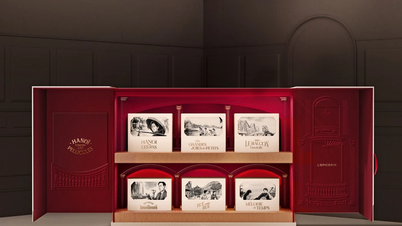
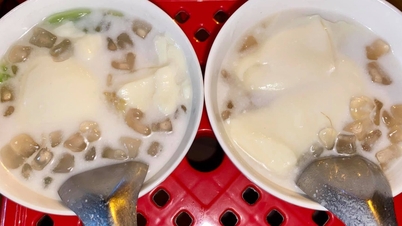
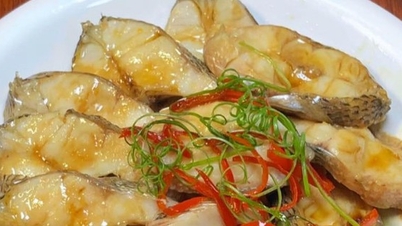

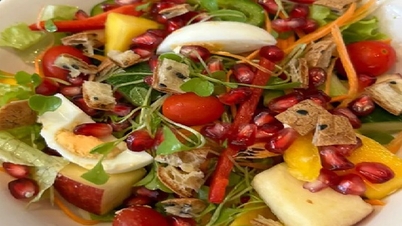








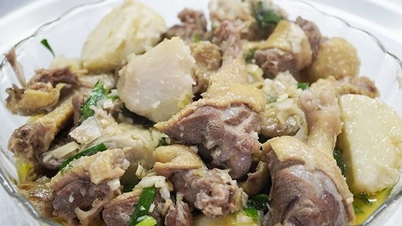






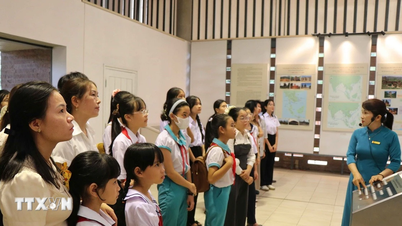

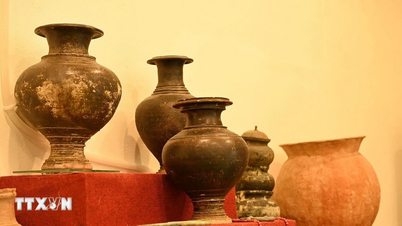








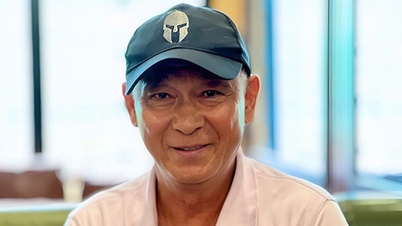





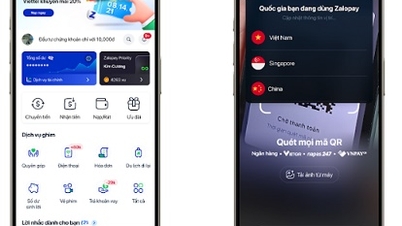











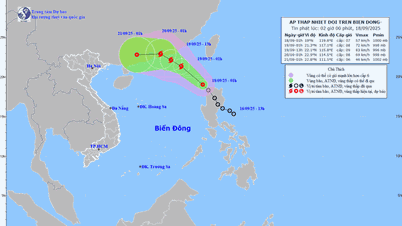
















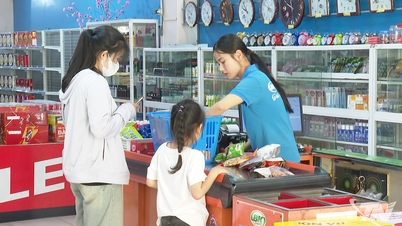








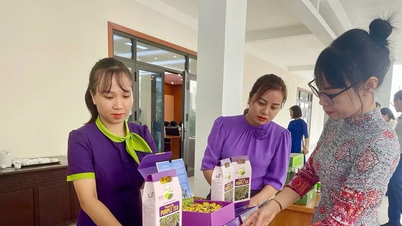







Comment (0)